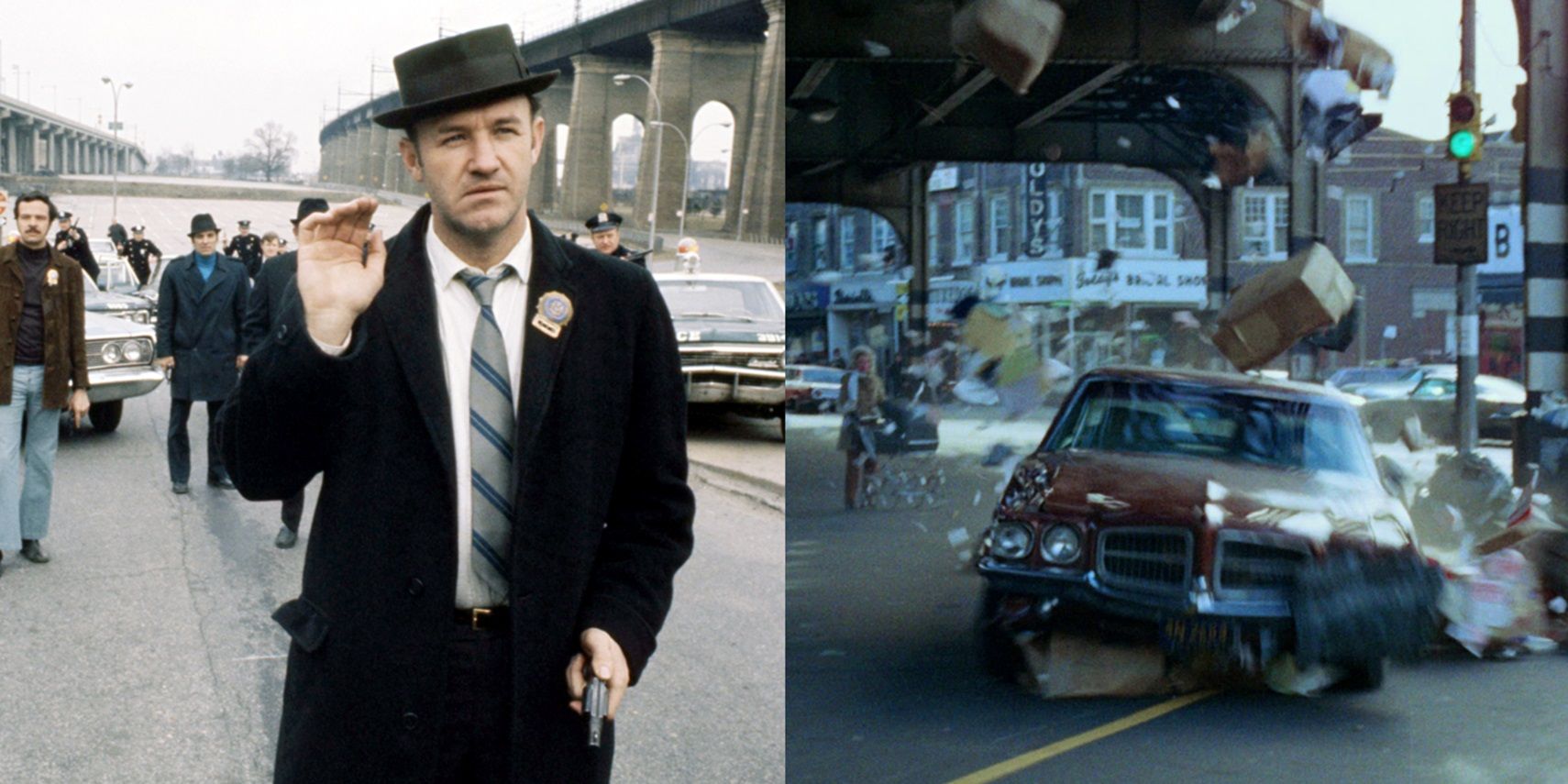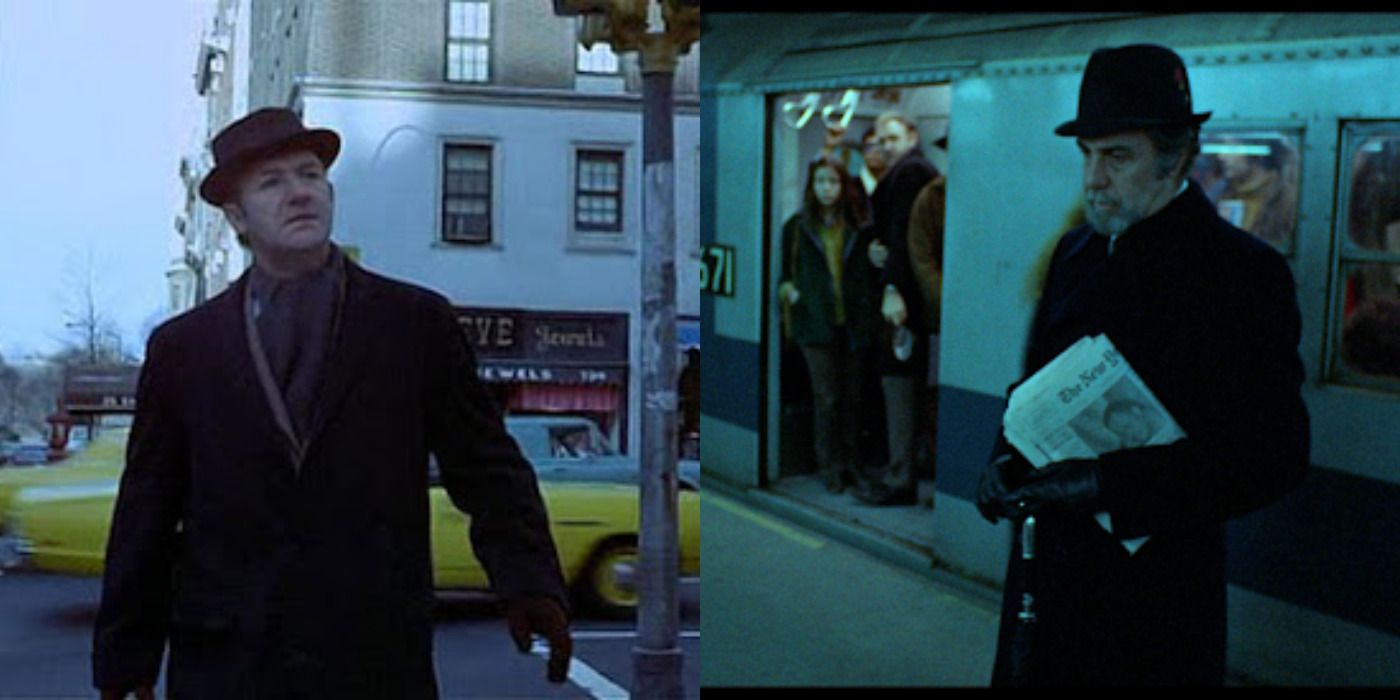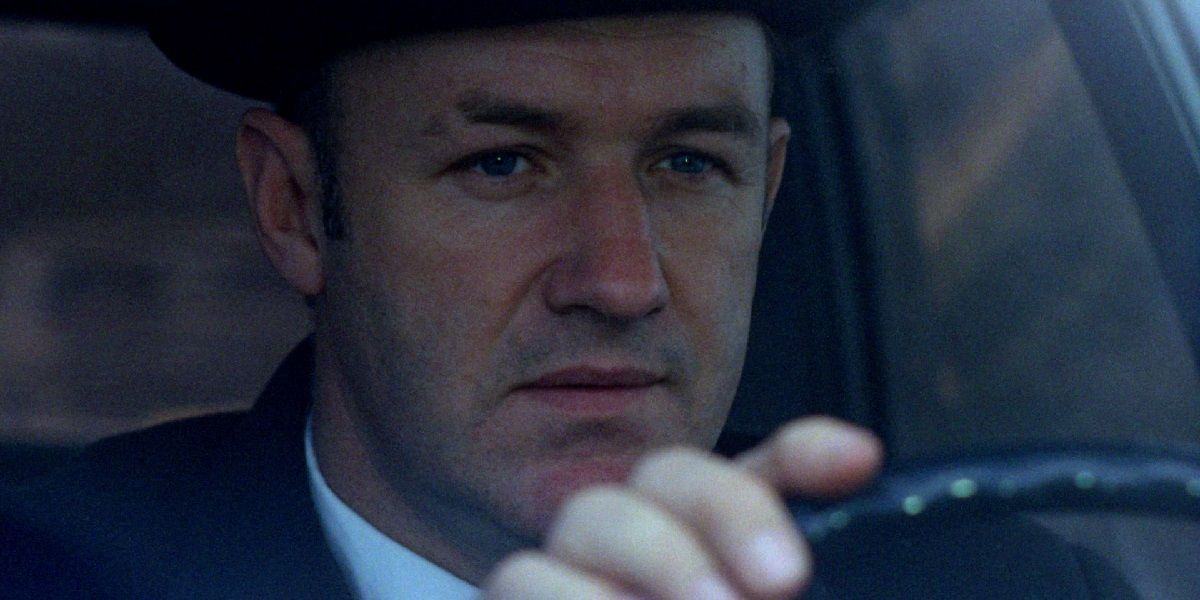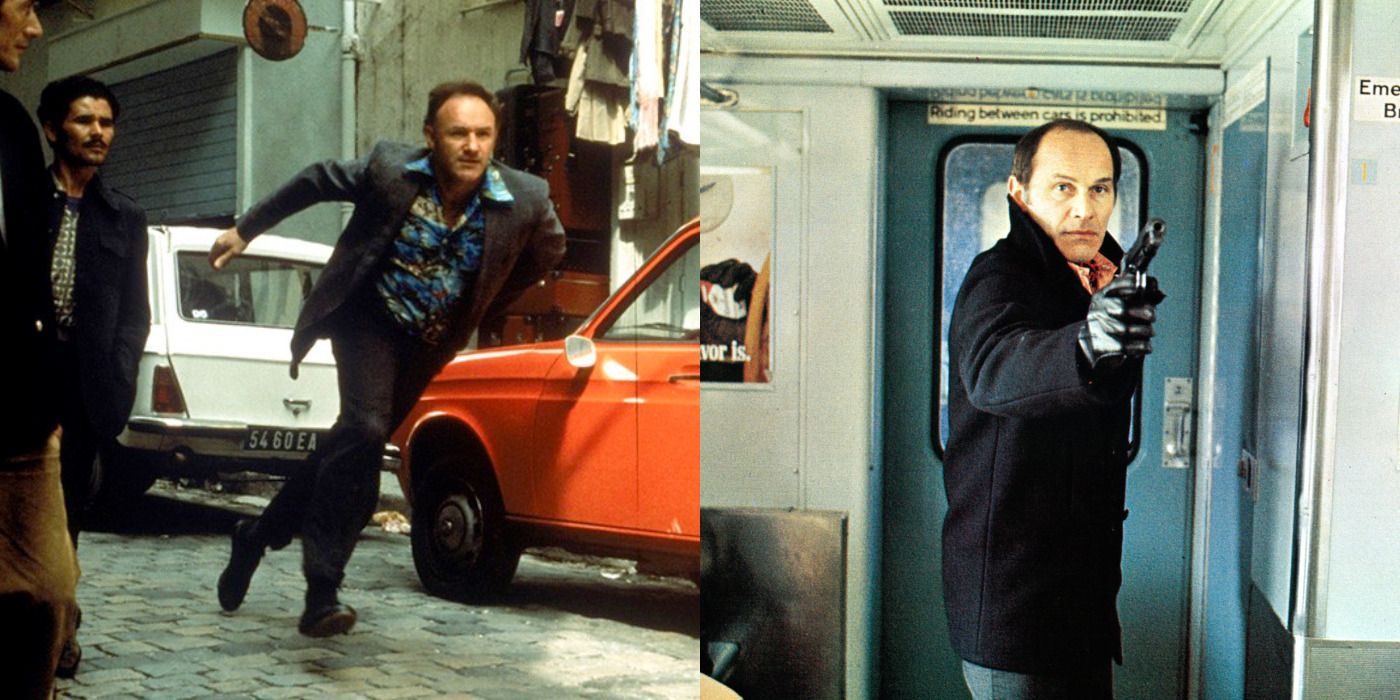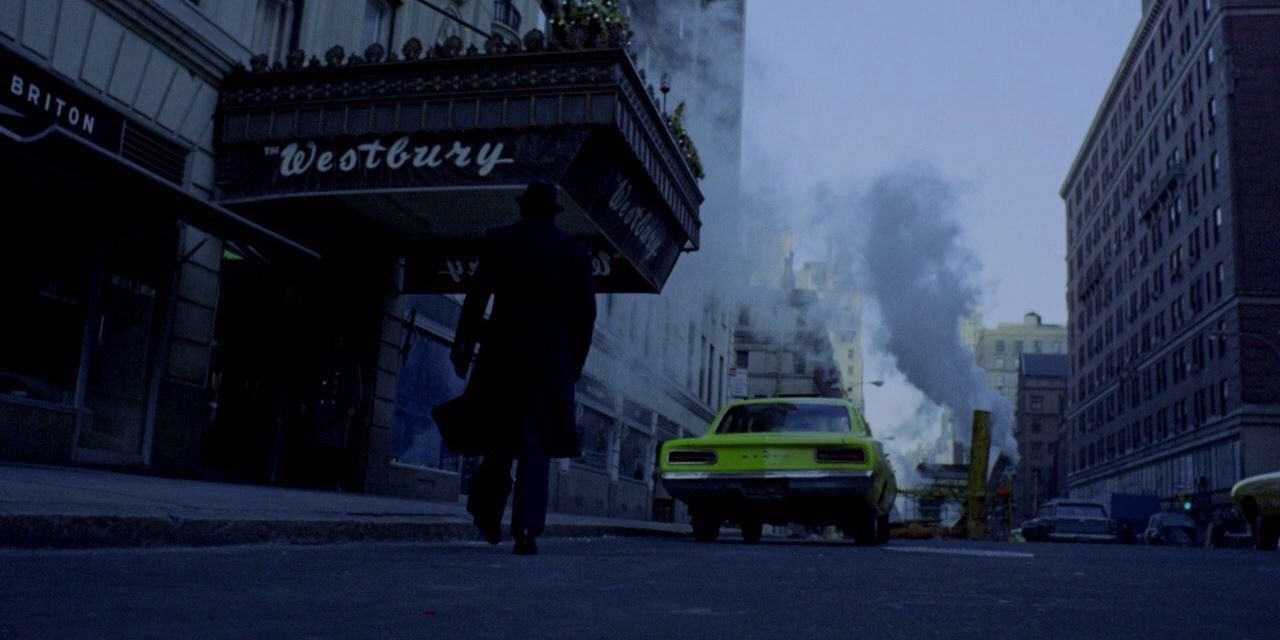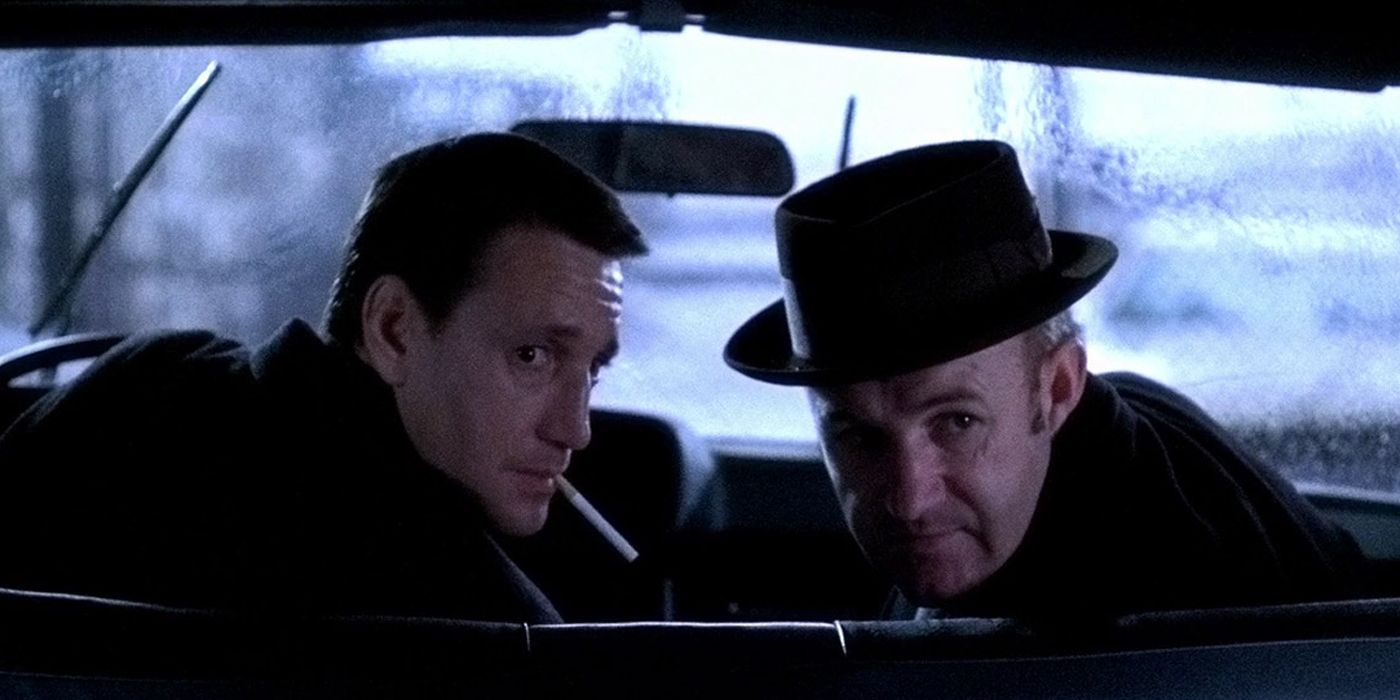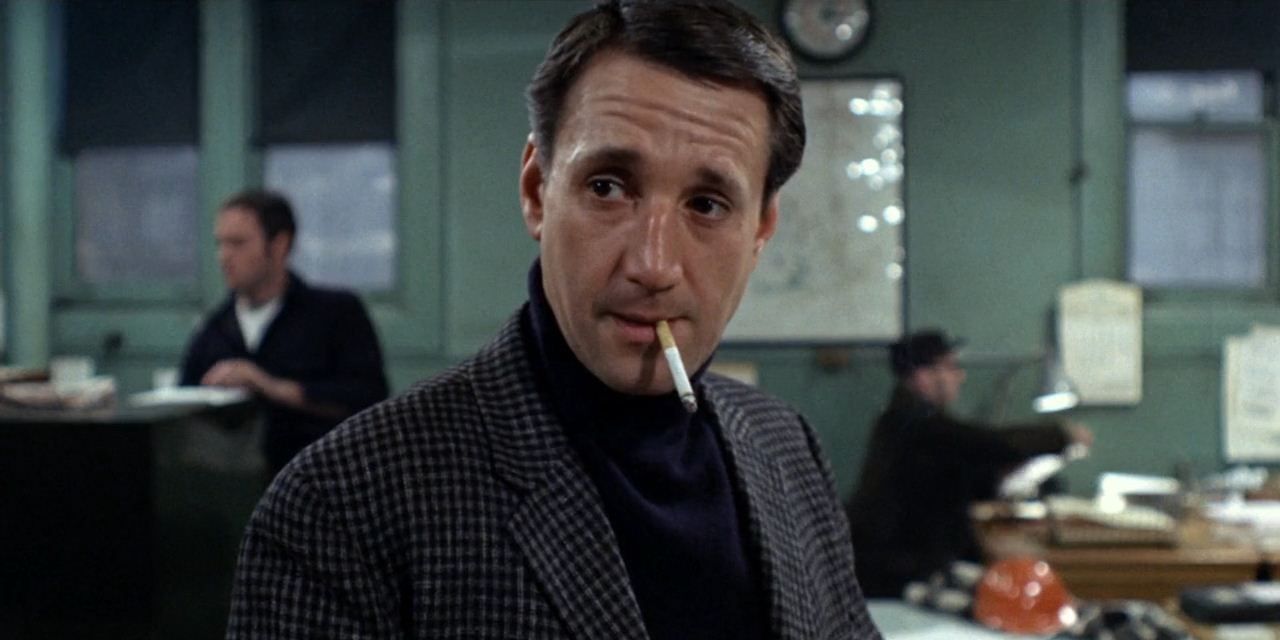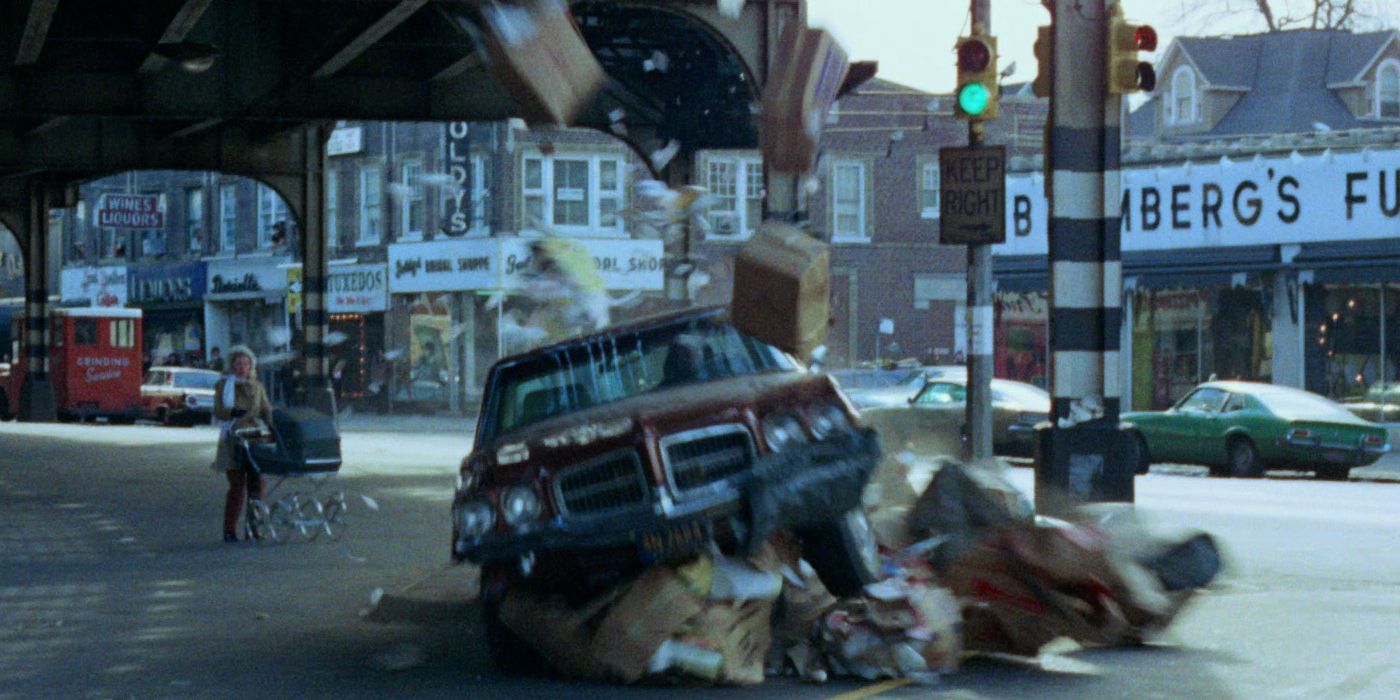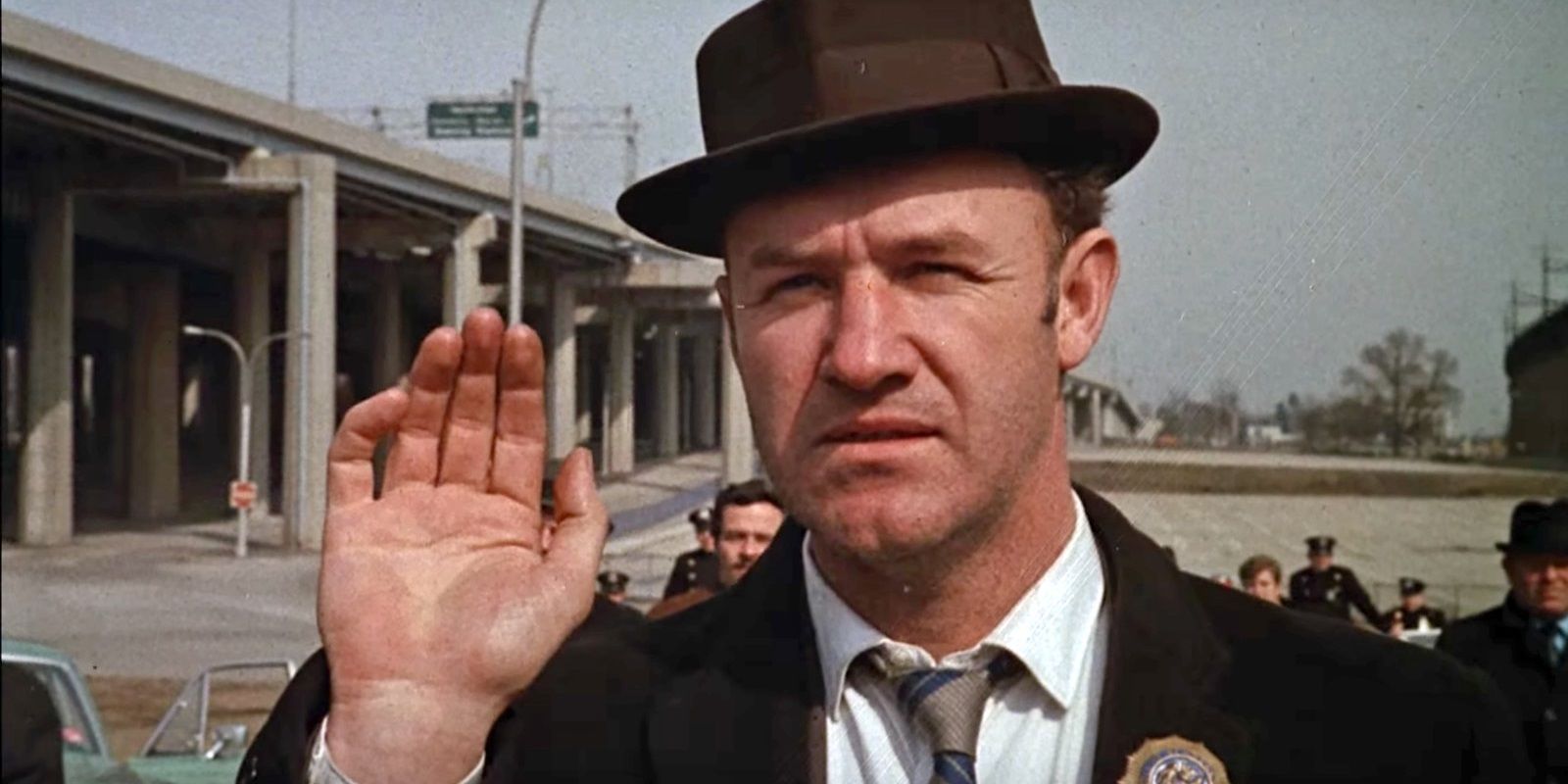William Friedkin’s The French Connection is one of the most acclaimed crime thrillers of all time, telling the story of a hard-as-nails New York detective’s hunt for an elusive heroin smuggler. Arriving in theaters in 1971 at the height of the New Hollywood movement, the film offered a refreshingly subversive take on a police noir.
Unlike many films of its era, the movie has aged surprisingly well. With its morally gray portrayal of the police, iconic car chase, and ambiguous ending, The French Connection remains a timeless masterpiece to this day.
William Friedkin’s Gritty Tone
The filmmakers of New Hollywood injected a healthy dose of gritty realism into the crime genre throughout the 1970s, with movies like Chinatown, Mean Streets, and Midnight Express. One of the most influential examples of the daring crime films of the ‘70s is The French Connection.
William Friedkin’s rough, uncompromising tone made The French Connection a refreshingly realistic police thriller about crooked cops who bend the law in their pursuit of criminals. There are no convenient coincidences that save the film's tough protagonists. The detectives follow their instincts like the stars of countless detective shows – but, tragically, their hunches aren’t always right.
Gene Hackman’s Captivating Performance As Popeye Doyle
Gene Hackman won the Academy Award for Best Actor for his captivating portrayal of Popeye Doyle in The French Connection. Doyle is a tough-as-nails detective who will stop at nothing to close a case, and Hackman nails his narrowmindedness.
Doyle is blinded by his quest to bring Charnier to justice, and he gradually turns from a noble crimefighter with a good cause into an unstoppable vigilante with a hair-trigger. Hackman ensures every step of this journey is gripping. His increasingly single-minded performance turns the movie from a straightforward cat-and-mouse thriller to the haunting visualization of Doyle’s stubborn mindset.
Fast Pacing
Since action movies are getting faster and faster to avoid the genre getting stale, a lot of older action movies with slower pacing can alienate modern audiences. The French Connection doesn’t suffer from this problem, because the masterful hand of director William Friedkin gave the movie a rapid pace.
The script is always looking forward, bringing Doyle closer and closer to his perp, so there isn’t a dull moment in the story. In Roger Ebert’s review of the movie, he wrote, “In a sense, the whole movie is a chase.” The car chase is one of the most renowned sequences in The French Connection, but the movie has that energy and intensity from start to finish.
Capturing New York’s Seedy Underbelly
Shot on location throughout the city, The French Connection is one of the quintessential New York crime films. John Simon declared in his book Reverse Angle that “Friedkin has used New York locations better than anyone to day” and in watching the movie, fans can understand Simon's claim.
Owen Roizman’s gorgeously grimy and grainy cinematography uses images of steamy sewer grates and trash-covered sidewalks to capture New York’s seedy underbelly. Shot over the course of a harsh winter, the movie’s gray, barren landscapes give off the cold, bleak feel of these shady corners of New York.
The Morally Gray Depiction Of Cops
The morally gray depiction of the cops’ methods in The French Connection – particularly Doyle – offers the perfect antidote to the morally black-and-white cops-and-robbers noirs that portray police brutality as heroism. Doyle makes some questionable choices in his obsessive pursuit of Charnier. Like Harry Callahan, Doyle doesn’t do things by the book: he beats up suspects in alleys and bars. Friedkin’s challenging portrait of a violent cop who abuses his power is, unfortunately, still relevant today.
The French Connection, along with fellow 1971 thriller Dirty Harry, kickstarted a trend of ‘70s crime movies challenging the heroic on-screen image of the police. They were followed by such movies as Serpico and Le Cercle Rouge, films that also explored the corruption of authority.
Roy Scheider’s Powerful Supporting Turn As Cloudy
The most talked-about performance in The French Connection is Gene Hackman’s turn as Popeye Doyle, but Roy Scheider gives an equally compelling supporting turn as his more morally centered partner, Detective Buddy “Cloudy” Russo.
Nominated for Best Supporting Actor, Scheider brings the same authentic everyman quality to the role of Cloudy that he would later bring to a different iconic police role, Chief Brody in Steven Spielberg’s Jaws. While Doyle can’t rest until he brings the notorious French drug smuggler to justice, Scheider counterbalances that by bringing a laidback coolness to all of Cloudy’s scenes.
The Legendary Car Chase
Like Bullitt and The Road Warrior, The French Connection is notable for its car chase sequence, which has been deemed one of the greatest ever put on film. As a perp that Doyle is chasing runs up onto an elevated train, the cop refuses to give up and apprehends a vehicle to chase down the train.
The practical stunt work in this scene is breathtaking, with a Pontiac tearing through the streets of New York, smashing through piles of boxes on the sidewalk and other cars on the road. There’s a kinetic energy to the shooting and editing of The French Connection’s chase sequence, but never at the expense of clarity. The audience always knows how far behind the train Doyle is and the obstacles that stand in his way.
The Ambiguous Ending
At the end of The French Connection, Doyle relentlessly pursues Charnier off-screen and a single gunshot is heard before a title card reveals that Charnier was never caught. The sequel revealed what happened next, taking some of the air out of this iconic ending’s tires, but the chilling uncertainty of the original movie’s ending still shocks viewers today.
It doesn’t wrap everything up in a neat bow like most Hollywood movies, because police investigations are rarely wrapped up in a neat bow. This ambiguous ending solidifies The French Connection as a distinctly gritty, subversive, New Hollywood take on a police noir.

